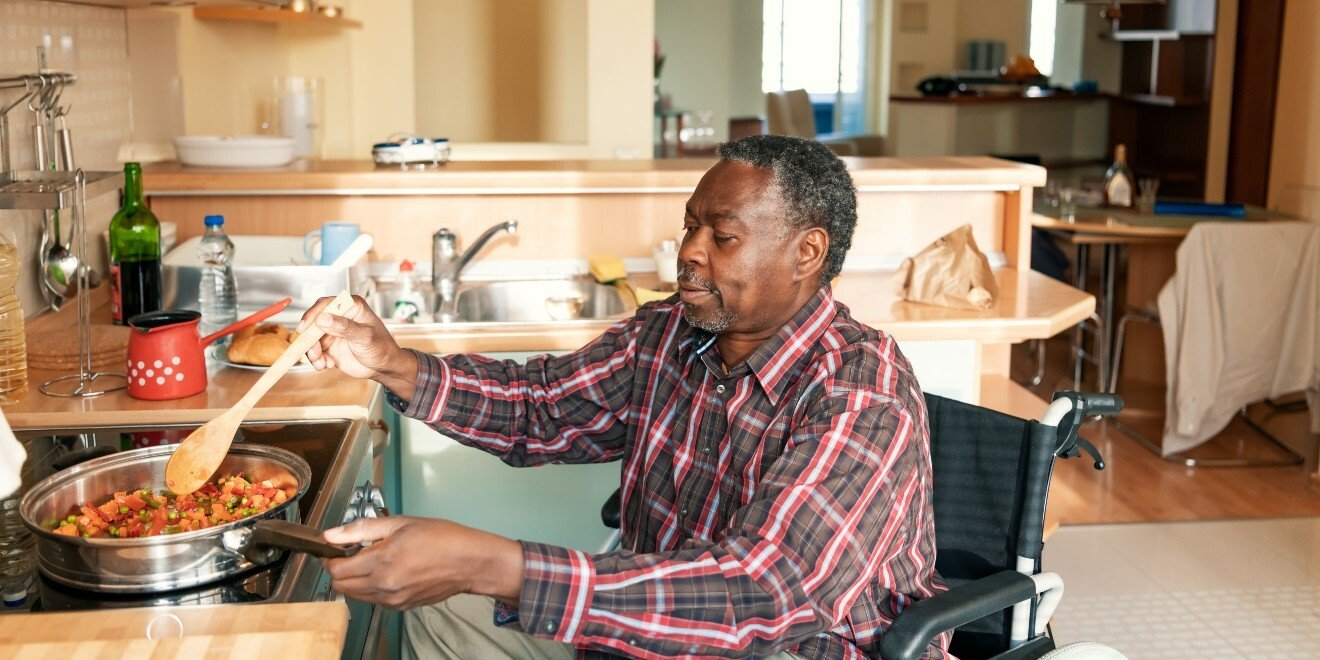Essential Resources for Aging in Place Successfully
The growing trend of aging in place is gaining popularity among seniors who wish to remain in their own homes as they grow older. Recognizing the need to prepare for this stage of life is critical for ensuring comfort, safety, and independence. From technological advancements to community support, there are numerous resources available to aid seniors in this transition. Keep reading to explore the essential steps and considerations that pave the way for a fulfilling life within the familiarity of one’s own residence.
Leveraging Technology for Health Monitoring and Communication
Advances in technology have introduced a range of tools that are revolutionizing the way seniors can age in place. Health monitoring devices, such as wearable fitness trackers and remote monitoring systems, allow for real-time tracking of vital signs and can alert caregivers or medical professionals to any concerning changes in a senior’s health.
Communication technology, too, is invaluable for seniors living independently. Video call applications enable older adults to stay connected with family and friends, combating the social isolation that often accompanies aging. Regular interaction is a cornerstone of good mental health and can also serve as a check-in to ensure seniors’ well-being.
For daily necessities, online services provide convenient solutions right from the comfort of home. Meal delivery services, online grocery shopping, and telehealth appointments are just some examples of how seniors can efficiently manage their everyday lives and receive needed support without stepping outside. Meal delivery makes it easy to have low-effort meals available for seniors at home.
Home Modifications and Adaptations for Safe Senior Living
Creating a safe and comfortable living space is essential for aging in place. Home modifications may include adding grab bars in bathrooms, installing ramps for wheelchair access, or adjusting counter heights to accommodate mobility limitations. Such alterations aim to reduce the risk of falls and accidents, while also boosting a senior’s ability to manage everyday tasks with ease.
An important consideration in preparing a home for senior living is the bathroom’s accessibility and safety. A bathroom remodel tailored to the needs of the elderly can greatly enhance functionality and reduce hazards. Features like walk-in tubs, built-in shower niches, non-slip tile flooring, and handheld showerheads are often incorporated to facilitate independence and self-care rituals.
Moreover, the layout and design of living spaces should promote ease of movement and eliminate obstacles. Removing throw rugs, decluttering, and implementing smart lighting systems are simple yet effective adaptations. These small changes can play a significant role in preventing injuries and making the environment more senior-friendly.
Community Resources and Support Networks for Elderly Independence
Community resources play a crucial role in supporting seniors who choose to age in place. Local organizations often offer a range of services such as transportation, meal programs, and recreational activities that are designed to cater to the needs and interests of older adults. Access to these resources can greatly enhance the quality of life for seniors living independently.
Developing a support network is another key element in successful aging in place. This can include family members, friends, neighbors, and caregivers who can assist with various tasks and provide companionship. Building strong social ties can help prevent feelings of loneliness and ensure there is assistance available when needed.
Many seniors also benefit from volunteer programs both as recipients and as active participants. Engaging in volunteer work can enhance one’s sense of purpose and community connection. Meanwhile, programs that specifically focus on eldercare provide additional support structures for seniors at home.
Financial Planning Strategies for Long-Term Aging in Place
Effective financial planning is a cornerstone of aging in place, ensuring that resources are available for necessary modifications, services, and care. It’s important to assess current financial resources, project future needs, and consider potential sources of funding or insurance coverage that can support long-term independence at home.
Many seniors find that adjusting their budget to prioritize home maintenance and needed services helps to navigate the costs associated with aging in place. This might entail reallocating funds from other areas, such as leisure travel or dining out, to ensure a comfortable and safe home environment.
Exploring government aid programs and subsidies can also offer financial relief. Programs tailored for seniors, such as Medicare and Medicaid, may provide certain benefits and cover some expenses related to home health care and modifications necessary for aging in place.
Altogether, aging in place is a multifaceted process that calls for thoughtful planning and consideration. Understanding the definition and benefits of aging in place, making the right home modifications, leveraging technology, tapping into community support, and engaging in strategic financial planning are all vital steps in creating a successful and sustainable living situation for the golden years.




![What is Cold Quell blue poppy? [Complete Guide 2024]](https://quellpress.com/wp-content/uploads/2023/07/Cold-Quell-blue-poppy-768x402.webp)

